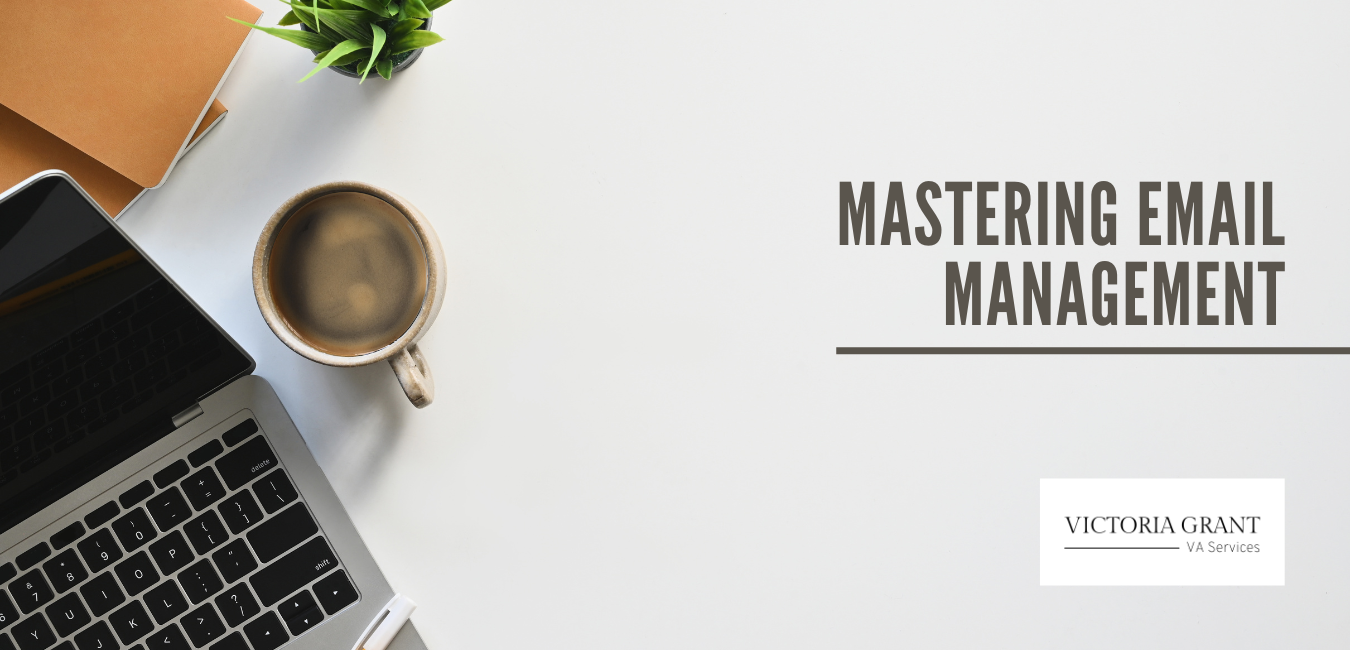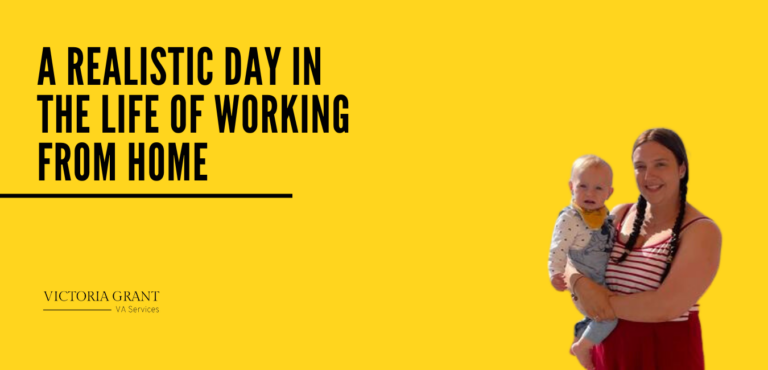Mastering Email Management: Strategies for Efficient Communication
In today’s fast-paced, digital world, much communication is done via email. Poor email management can lead to overwhelming inboxes, missed deadlines and decreased productivity. So, in order to avoid all of that, we’re going to explore practical strategies for effectively managing emails.
Set Up a Solid Email Infrastructer
The first thing to consider is which email service provider you are going to use. Many will do the same thing in slightly different ways, but some may have features that you really like and work for you. I am a huge fan of gmail as it allows me to use filters, labels and has great search functionality.
Organise Your Inbox
There is an old adage that a cluttered house leads to a cluttered mind. The same is true for your email inbox. If it’s unorganised and chaotic then it’s likely to lead to overwhelm which can crush productivity. To organise your inbox you can file your emails using folders, labels and categories; this means that everything has its place and nothing will be missed. Staying on top of your inbox organisation is important as if you let it slip it won’t take long before it becomes overwhelming again.
Develop Productive Email Habits
When planning my week I use a method called batching. This is where you group similar tasks together, the theory being that one your brain is in the mode for one type of work then remaining in that state of focus for similar tasks will increase your productivity. Batching your emails can be hugely beneficial in not breaking the focus of a task by notifications that emails have been received. Set a specific time slot where you check and respond to emails and resist the urge to check them outside of this time.
Triage your emails based on urgency and importance. The first step is to quickly scan all the emails that you have received and then categorise the emails so that you know which ones need dealing with first and which can be dealt with if you have time. I am a huge advocate for Inbox Zero where you file away emails as soon as possible. The only things left in your inbox are emails that absolutely must be there, and the aim is for there to be zero!
Try to keep emails concise and clear. This way if you ever need to revisit your emails to find information you will be able to retrieve it quickly. Whilst being clear and concise it is important that there remains a professional tone. Think about how you communicate and how that might be perceived by the reader.
Leverage Email Tools and Features
Many email providers pack their software full of features that can work for you and make your email management more productive. Filters and rules can automatically sort and prioritise incoming emails for you which saves you time manually doing the same task. It may be that whenever someone within you organisation emails you there is a rule set up that labels it as a company email.
There are some instances where you are sending very similar emails again and again. I have a client who sends out a certification to his clients and the wording for those emails each time is exactly the same except the name needs changing. In order to make this task much less time consuming I have set up a template so that the text automatically gets added to the email when I type the four letters CERT. It is a huge time saver.
Maintain Email Hygiene
Keep your inbox clean, tidy and in order. Unsubscribe from any irrelevant newsletter or email promotions. Regularly archive or delete old emails. Both these simple things can contribute to the biggest way you can conquer email overwhelm.
Mastering email management is crucial in today’s fast-paced, digital landscape. By implementing the strategies outlined in this blog post, you can regain control of your inbox and experience increased productivity and reduce stress. Remember, effective email management is a continuous practice, so make it a habit to regularly review and refine your approach.







